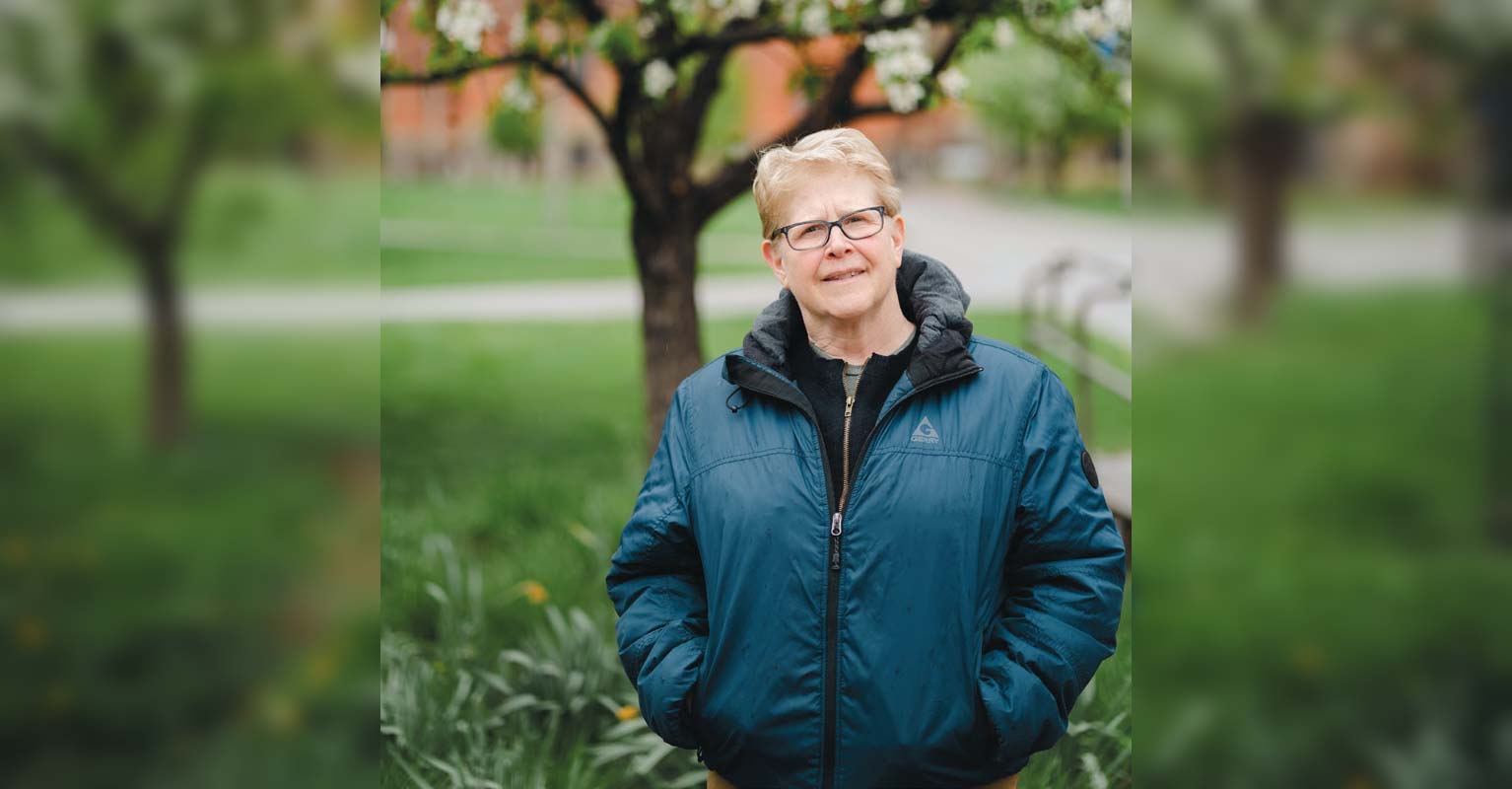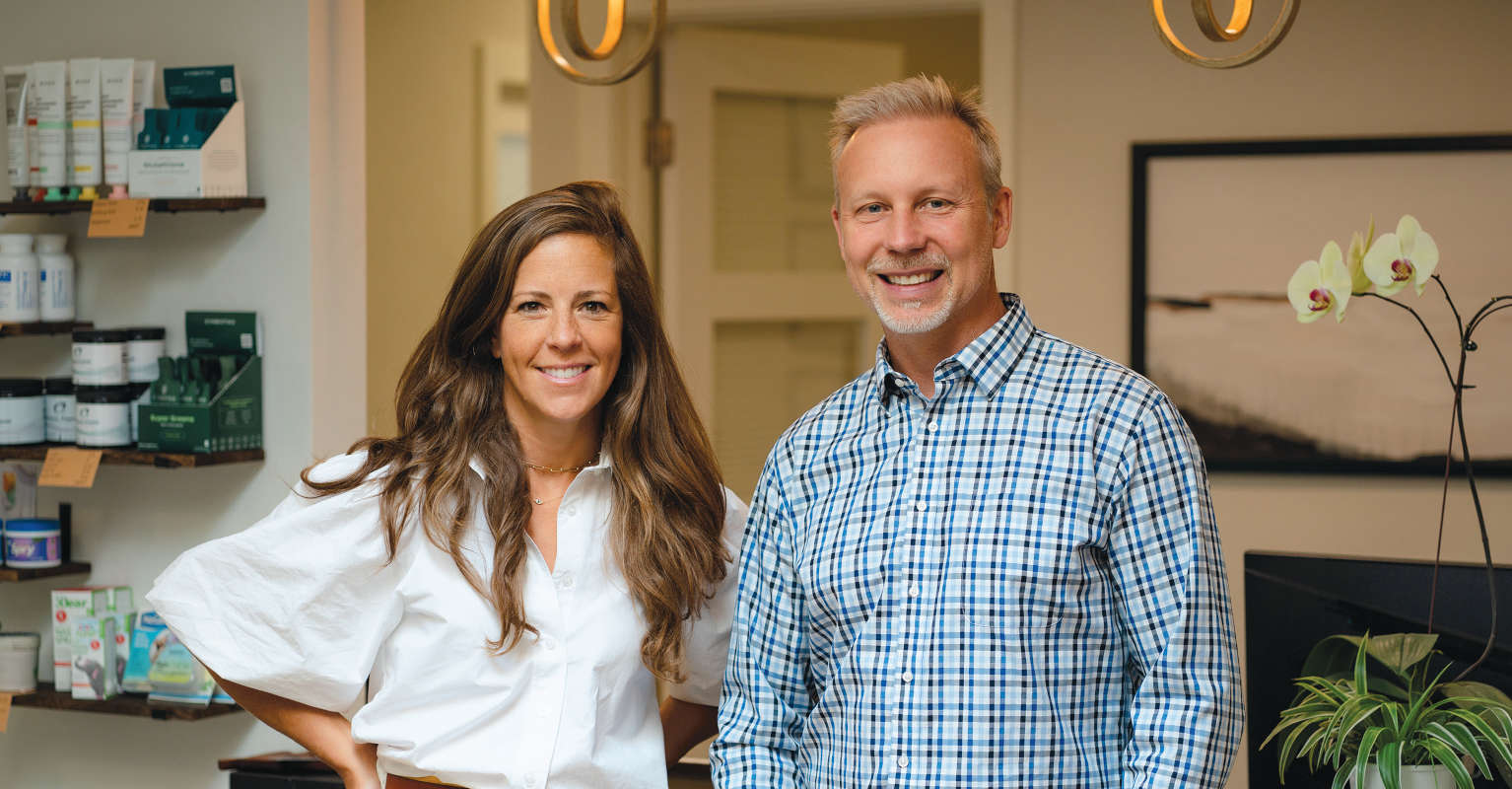Montana is known as Big Sky Country, which is a big reason why so many live, work, and play here. Bozeman is one of the sunniest cities in Montana, averaging over three hundred bluebird days per year, which makes it a mecca for many fun outdoor activities such as skiing, fishing, hunting, biking, hiking, rafting, horseback riding, kayaking, ice sailing, snowmobiling, and camping, to name just a few.
Being outdoors is a healthy lifestyle but it comes with a cost. The amount of time spent outdoors increases one’s exposure to ultraviolet radiation, which is a type of energy produced by the sun. UV radiation causes changes at the cellular DNA level and is the main cause of skin cancers like basal cell carcinoma, squamous cell carcinoma, and melanoma. Skin cancer is the most common cancer in the United States and worldwide. More than two people die of skin cancer in the U.S. every hour and more people are diagnosed with skin cancer each year than the sum of all other types of cancer.
There are three types of UV rays from the sun: UVA, UVB, and UVC. All can cause skin and eye damage. UVA—think “A” for aging—is the least potent type of UV radiation but the most abundant. UVA penetrates clouds, car windows, and deep into the skin, causing wrinkles, leathering, and premature aging. UVB—think “B” for burns—is the second most potent type of UV radiation. It penetrates the top layer of the skin and is the primary cause of sunburns and skin cancers. UVC is the most dangerous type of UV radiation. Fortunately, it is absorbed by our atmosphere and no natural UVC radiation reaches the earth’s surface. UVC can, however, be harnessed in manmade light sources, and used as a disinfectant in healthcare settings. Being in the sun is not entirely a risk of doom and gloom. There are so many simple ways to practice “safe sun” while still having fun outdoors:
Awareness: Be aware of what aff ects UV radiation levels. Consider things like time of day (levels are highest between 10am and 4pm), seasons (summer produces the highest UV index), latitude (the closer to the equator the higher the UV radiation), altitude (higher up means higher UV), and refl ection (surfaces like water, sand, snow, and pavement refl ect UV radiation). Also remember cloudy days still produce UV radiation.
Sunscreen: Wear a broad-spectrum, water- resistant sunscreen with an SPF of 30 or higher. Broad spectrum protects against UVA and UVB rays. Make sure your sunscreen contains zinc oxide and titanium dioxide, the two ingredients that are recognized as safe and eff ective on skin. Apply sunscreen approximately fi fteen minutes before going outdoors and use enough sunscreen—most adults need about 1 ounce, or enough to fill a shot glass, to fully cover their body. Apply sunscreen to all bare skin. Remember your neck, face, ears, tops of your feet, and legs. To protect your lips, apply a lip balm with an SPF of at least 15. Reapply sunscreen every two hours, or immediately after swimming or sweating. Apply sunscreen even on cloudy days and in winter.
Clothing: Wear sun-protective clothing with UPF (UV protection factor) of 30 or higher. This includes lightweight longsleeve shirts, pants, wide-brim hats, gloves, and neck gaiters.
Sunglasses: UV rays can damage your eyes and vision. Wear UV-protective sunglasses and a hat to protect your eyes and vision from damage caused by UVA/UVB rays when outside for long periods of time.
On a final note, it’s simple to practice “safe sun” while still living your life to the fullest and keeping your skin youthful and cancer free. Remember what Benjamin Franklin said: “An ounce of prevention is worth a pound of cure,” and don’t forget your sunglasses.



